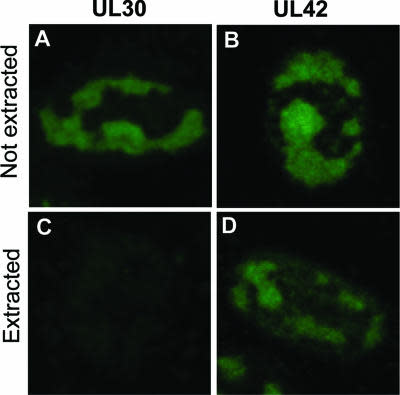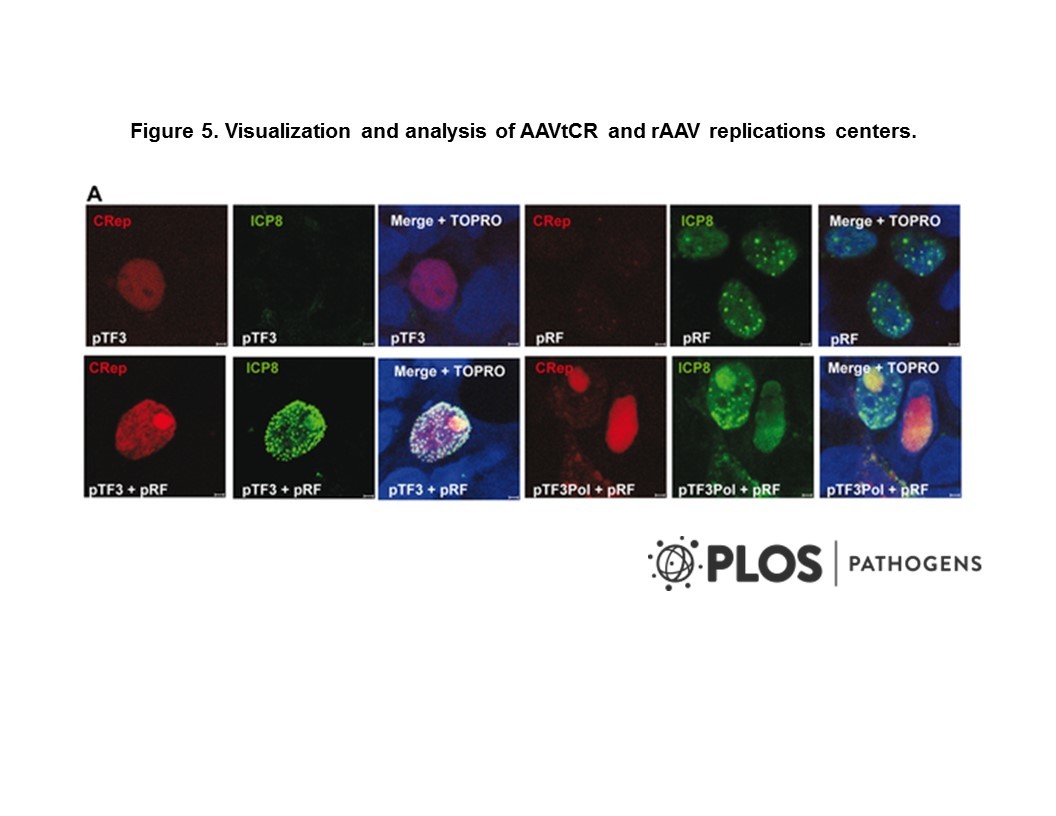
Cat. #160872
PNPLA1-flox mouse
Cat. #: 160872
Sub-type: Mouse
Availability: 6-8 weeks
Model: Conditional KO
This fee is applicable only for non-profit organisations. If you are a for-profit organisation or a researcher working on commercially-sponsored academic research, you will need to contact our licensing team for a commercial use license.
Contributor
Inventor: Franz Radner
Institute: University of Graz
Tool Details
*FOR RESEARCH USE ONLY
- Tool name: PNPLA1-flox mouse
- Alternate name: PNPLA1
- Tool sub type: Mouse
- Model: Conditional KO
- Conditional: Yes
- Conditional description: Targeted conditional ready
- Description: Useful model for the generation of tissue/cell-specific PNPLA1-deficient mice. Animals might be useful for studies, e.g. on skin development/barrier function or omega-O-acylceramide metabolism, or as model for Autosomal Recessive Congenital Ichthyosis (ARCI).
- Genetic background: These mice were generated using HM1-ES cells. ES cell clones were injected into C57BL/6J blastocysts to enable coat colour selection of the chimeras. Mice were subsequently backcrossed to C57BL/6J (âĽÂ 10 generations). When kept as a homozygous colony, mice are regularly backcrossed to C57BL/6J to avoid generation of subpopulations.
- Phenotype: These mice are conditional ready, and phenotypical identical to C57BL/6J mice.
- Zygosity: Homozygous
- Strain: C57BL/6J
- Production details: A floxed neomycin resistance cassette was inserted upstream of exon 1. An additional loxP site was inserted downstream of exon 1. Cre-mediated recombination removed the selection cassette and left Pnpla1 exon 1 floxed. Further details are available upon request.
- Breeding information: Good breeder. Homozygous mice may be bred together to maintain a live colony,.
Target Details
- Target: Patatin-like phospholipase domain containing 1, ichthyosis, ARCI
Related Tools
- Related tools: PNPLA1 Knockout mouse
References
- Grond et al. 2017. J Invest Dermatol. 137(2):394-402. PMID: 27751867.







